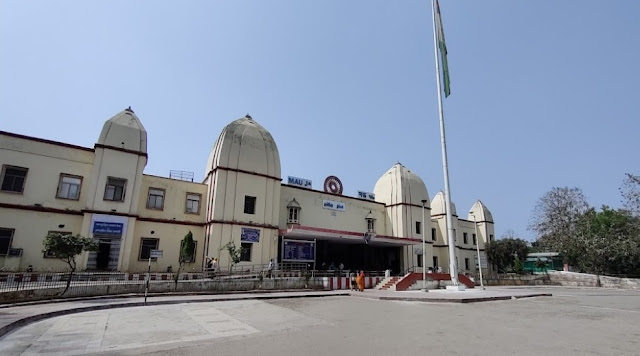Karimganj District
Karimganj district is one of the 31 districts of Assam state of India. Karimganj town is the headquarter of the district and the largest town of this district. The history of Karimganj district is very interesting. Before the partition of India, Karimganj was part of Sylhet district.
In 1878 under British rule, Karimganj was declared a sub-division of Sylhet district with its headquarters in Karimganj town. Eventually, after India gained independence in the year 1947, most of Sylhet district merged into East Pakistan, which then emerged as an independent nation called Bangladesh in 1971. This brief Karimganj sub-division was included as a full-fledged sub-division in the Cachar district of Assam. Later on July 1, 1983, the status of Karimganj as a sub-division was upgraded to a district. And then Karimganj town was declared the district headquarters of the newly formed district, Karimganj.
Area
Spread over an area of 1,809 sq km, the district is bordered by Hailakandi, Cachar districts as well as Bangladesh, Mizoram and Tripura. The district is divided into 5 tehsils namely Karimganj, Badarpur, Neelambazar, Patharkandi and Ramkrishna Nagar. Apart from this, the district comprises 7 towns and 936 villages.
Population
According to the 2011 census, the district has a population of 12,28,686. The sex ratio in the district is 963 females per 1000 males. The major languages of the district are Bengali and Hindi.
Economy
The economy of the district is mainly dependent on agriculture. Paddy and rice are the major agricultural products of the district. It is an important center of trade and commerce in North East India. Tea and rubber are the major plantation crops of the district.
Education
The literacy rate of the district is 78.22%. The district is known for its many prestigious educational institutions. It provides an ideal platform for higher education. Little Angels School, Rowlands Memorial High School, Kendriya Vidyalaya, Karimganj Senior Secondary School of Science, Karimganj College, Swami Vivekanand College, Neelambazar College, Karimganj Law College, Barak Valley Engineering College etc. are some of the best educational institutions in the district.
Attractions
The district has many centers of attraction that attract many travelers coming from different parts of the country and the world. Son Beel, famous as the largest wetland of Karimganj district, is located in the southern part of Assam. The hills present in the east and west of Son Beel create a mesmerizing natural scenery. On the other hand, the important river of the district, Shingala River, passes through the beel very beautifully.
The Malegarh crematorium of the Sepoy rebel soldiers is considered a historical place. Krishi Anusandhan Kendra, located in Akbarpur of the district is a prestigious agricultural research center whose main objective is to produce high quality grains. Apart from this, it provides training on agriculture and acts as a help to the farmers. Iolabari Tea Estate, located at a distance of 15 km from the district headquarters, is an ideal place for nature lovers. Some other notable places of interest in the district are Suterkandi-India-Bangladesh border, the historic fort of Badarpurghat, Cachar Paper Mill, the palace of Kachari kings of Khashpur, etc. The climate of the district remains pleasant almost throughout the year. The best time to visit the district is from October to December and February to April.
How to reach Karimganj?
The city of Karimganj is well connected to the rest of India through both rail and road transport. The road network is the most popular mode of passenger transport. A good number of buses run daily between Karimganj and Guwahati. National Highway 44 passes through the district.
Badarpur Railway Station is the largest junction in the district. It is well connected to all major railway stations of the country. Karimganj district does not have its own airport. However, the nearest airport is at Kumbhirgram in Cachar district which is at a distance of 83 kilometres from Karimganj town.










Comments